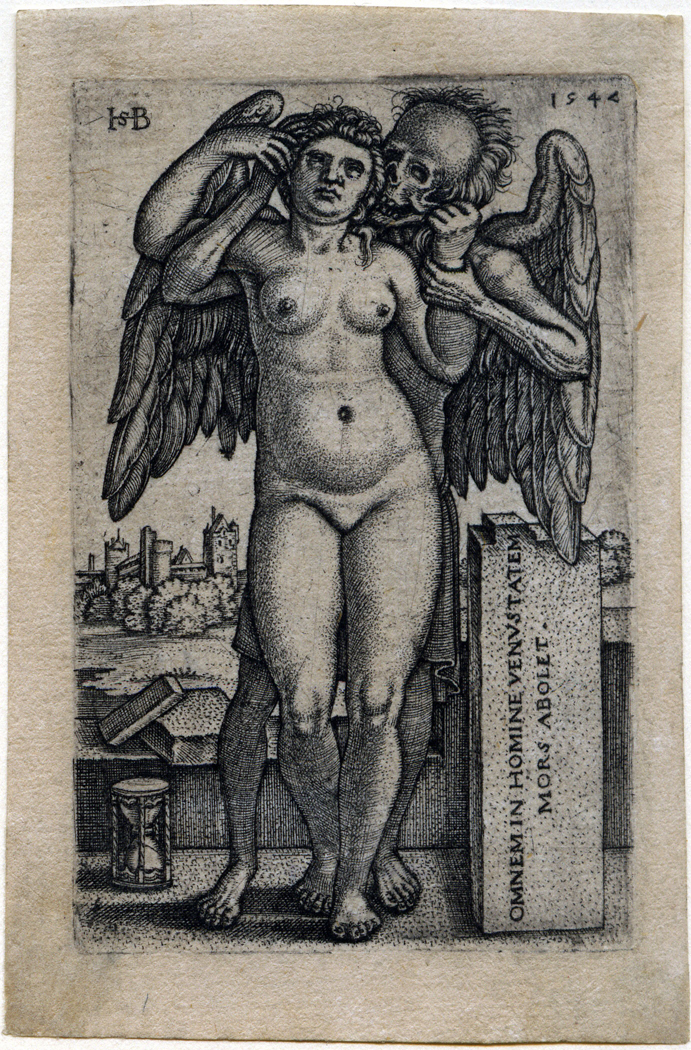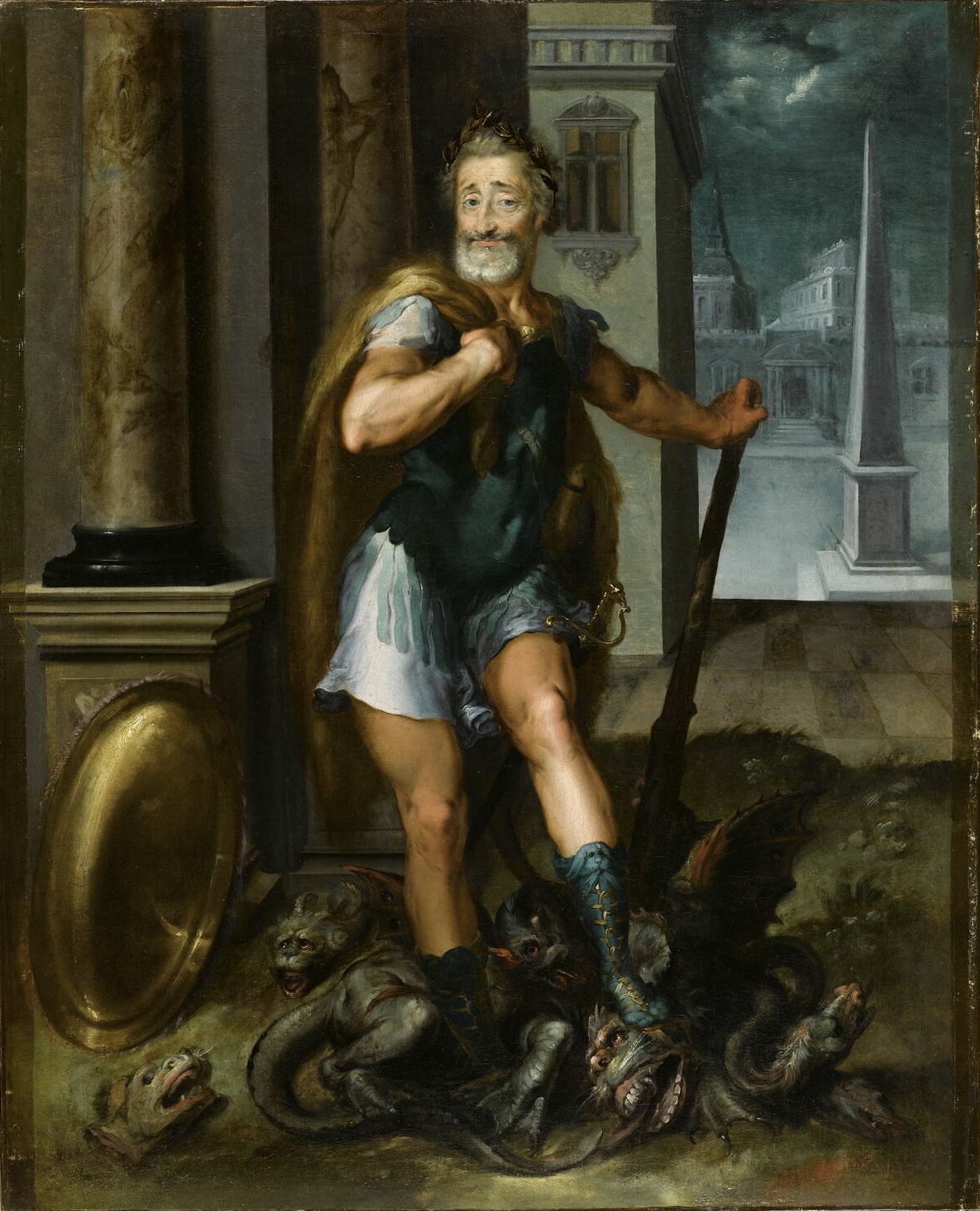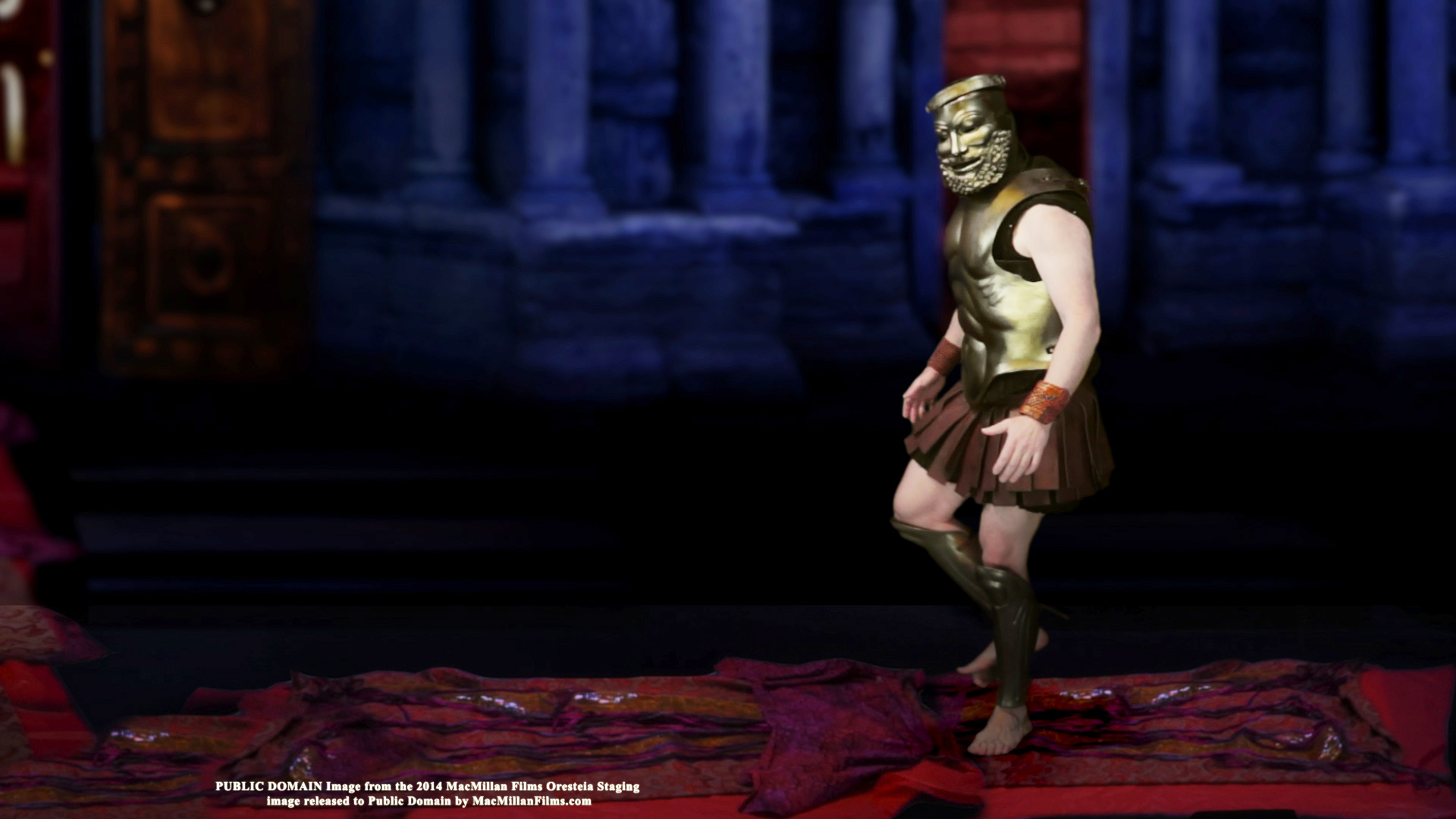|
Women Of Trachis
''Women of Trachis'' or ''The Trachiniae'' ( grc, Τραχίνιαι, ) c. 450–425 BC, is an Athenian tragedy by Sophocles. ''Women of Trachis'' is generally considered to be less developed than Sophocles' other works, and its dating has been a subject of disagreement among critics and scholars. Synopsis The story begins with Deianeira, the wife of Heracles, relating the story of her early life and her plight adjusting to married life. She is now distraught over her husband's neglect of her family. Often involved in some adventure, he rarely visits them. She sends their son Hyllus to find him, as she is concerned over prophecies about Heracles and the land he is currently in. After Hyllus sets off, a messenger arrives with word that Heracles, victorious in his recent battle, is making offerings on Cape Cenaeum and coming home soon to Trachis. Lichas, a herald of Heracles, brings in a procession of captives. He tells Deianeira a false story of why Heracles had laid siege to the ... [...More Info...] [...Related Items...] OR: [Wikipedia] [Google] [Baidu] |
Hans Sebald Beham
Sebald Beham (1500–1550) was a German painter and printmaker, mainly known for his very small engravings. Born in Nuremberg, he spent the later part of his career in Frankfurt. He was one of the most important of the " Little Masters", the group of German artists making prints in the generation after Dürer. His name is often given as Hans Sebald Beham, although there is no documentary evidence that he ever used this additional forename. He produced approximately 252 engravings, 18 etchings and 1500 woodcuts, including woodcut book illustrations. He worked extensively on tiny, highly detailed, engravings, many as small as postage stamps, placing him in the German printmaking school known as the " Little Masters" from the size of their prints. These works he printed and published himself, while his much larger woodcuts were mostly commissioned work. The engravings found a ready market among German bourgeois collectors. He also made prints for use as playing cards and wallpaper ... [...More Info...] [...Related Items...] OR: [Wikipedia] [Google] [Baidu] |
Lernaean Hydra
The Lernaean Hydra or Hydra of Lerna ( grc-gre, Λερναῖα Ὕδρα, ''Lernaîa Hýdra''), more often known simply as the Hydra, is a snake, serpentine water monster in Greek mythology, Greek and Roman mythology. Its lair was the lake of Lerna in the Argolid, which was also the site of the myth of the Danaïdes. Lerna was reputed to be an entrance to the Hades, Underworld, and archaeology has established it as a sacred site older than Mycenaean civilization, Mycenaean Argos, Peloponnese, Argos. In the canonical Hydra myth, the monster is killed by Heracles (Hercules) as the second of his Labours of Hercules, Twelve Labors. According to Hesiod, the Hydra was the offspring of Typhon and Echidna (mythology), Echidna. It had poisonous breath and blood so virulent that even its scent was deadly. The Hydra possessed Polycephaly, many heads, the exact number of which varies according to the source. Later versions of the Hydra story add a Regeneration (biology), regeneration feature ... [...More Info...] [...Related Items...] OR: [Wikipedia] [Google] [Baidu] |
Tereus
In Greek mythology, Tereus (; Ancient Greek: Τηρεύς) was a Thracian king,Thucydides: ''History of the Peloponnesian War'' 2:29 the son of Ares and the naiad Bistonis. He was the brother of Dryas. Tereus was the husband of the Athenian princess Procne and the father of Itys. Mythology When Tereus desired his wife's sister, Philomela, he came to Athens to his father-in-law Pandion to ask for his other daughter in marriage, stating that Procne had died. Pandion granted him the favour, and sent Philomela and guards along with her. But Tereus threw the guards into the sea, and finding Philomela on a mountain, forced himself upon her. He then cut her tongue out and held her captive so she could never tell anyone. After he returned to Thrace, Tereus gave Philomela to King Lynceus and told his wife that her sister had died. Philomela wove letters in a tapestry depicting Tereus's crime and sent it secretly to Procne. Lynceus' wife Lathusa who was a friend of Procne, at once s ... [...More Info...] [...Related Items...] OR: [Wikipedia] [Google] [Baidu] |
Euripides
Euripides (; grc, Εὐριπίδης, Eurīpídēs, ; ) was a tragedian of classical Athens. Along with Aeschylus and Sophocles, he is one of the three ancient Greek tragedians for whom any plays have survived in full. Some ancient scholars attributed ninety-five plays to him, but the '' Suda'' says it was ninety-two at most. Of these, eighteen or nineteen have survived more or less complete ('' Rhesus'' is suspect). There are many fragments (some substantial) of most of his other plays. More of his plays have survived intact than those of Aeschylus and Sophocles together, partly because his popularity grew as theirs declinedMoses Hadas, ''Ten Plays by Euripides'', Bantam Classic (2006), Introduction, p. ixhe became, in the Hellenistic Age, a cornerstone of ancient literary education, along with Homer, Demosthenes, and Menander.L.P.E.Parker, ''Euripides: Alcestis'', Oxford University Press (2007), Introduction p. lx Euripides is identified with theatrical innovations that ha ... [...More Info...] [...Related Items...] OR: [Wikipedia] [Google] [Baidu] |
Thomas B
Thomas Browne Henry (November 7, 1907 – June 30, 1980) was an American character actor known for many guest appearances on television and in films. He was active with the Pasadena Community Playhouse and was the older brother of actor William Henry. Selected filmography * ''Hollow Triumph'' (1948) - Rocky Stansyck (uncredited) * ''Behind Locked Doors'' (1948) - Dr. Clifford Porter * ''Sealed Verdict'' (1948) - Briefing JAG colonel * ''Joan of Arc'' (1948) - Captain Raoul de Gaucort * '' He Walked by Night'' (1948) - Dunning (uncredited) * ''Impact'' (1949) - Walter's Business Assistant (uncredited) * ''Tulsa'' (1949) - Mr. Winslow (uncredited) * '' Johnny Allegro'' (1949) - Frank (uncredited) * '' House of Strangers'' (1949) - Judge (uncredited) * '' Special Agent'' (1949) - Detective Benton (uncredited) * '' Flaming Fury'' (1949) - Robert J. McManus (uncredited) * '' Post Office Investigator'' (1949) - Lt. Contreras * '' Bagdad'' (1949) - Elder (uncredited) * '' Unde ... [...More Info...] [...Related Items...] OR: [Wikipedia] [Google] [Baidu] |
Metaphysics
Metaphysics is the branch of philosophy that studies the fundamental nature of reality, the first principles of being, identity and change, space and time, causality, necessity, and possibility. It includes questions about the nature of consciousness and the relationship between mind and matter, between substance and attribute, and between potentiality and actuality. The word "metaphysics" comes from two Greek words that, together, literally mean "after or behind or among he study ofthe natural". It has been suggested that the term might have been coined by a first century CE editor who assembled various small selections of Aristotle's works into the treatise we now know by the name ''Metaphysics'' (μετὰ τὰ φυσικά, ''meta ta physika'', 'after the ''Physics'' ', another of Aristotle's works). Metaphysics studies questions related to what it is for something to exist and what types of existence there are. Metaphysics seeks to answer, in an abstract and fu ... [...More Info...] [...Related Items...] OR: [Wikipedia] [Google] [Baidu] |
Oedipus Rex
''Oedipus Rex'', also known by its Greek title, ''Oedipus Tyrannus'' ( grc, Οἰδίπους Τύραννος, ), or ''Oedipus the King'', is an Athenian tragedy by Sophocles that was first performed around 429 BC. Originally, to the ancient Greeks, the title was simply ''Oedipus'' (), as it is referred to by Aristotle in the ''Poetics''. It is thought to have been renamed ''Oedipus Tyrannus'' to distinguish it from '' Oedipus at Colonus'', a later play by Sophocles. In antiquity, the term "tyrant" referred to a ruler with no legitimate claim to rule, but it did not necessarily have a negative connotation. Of Sophocles' three Theban plays that have survived, and that deal with the story of Oedipus, ''Oedipus Rex'' was the second to be written, following ''Antigone'' by about a dozen years. However, in terms of the chronology of events described by the plays, it comes first, followed by '' Oedipus at Colonus'' and then ''Antigone''. Prior to the start of ''Oedipus Rex'', Oedipu ... [...More Info...] [...Related Items...] OR: [Wikipedia] [Google] [Baidu] |
Cedric H
Cedric () is a masculine given name invented by Walter Scott in the 1819 novel '' Ivanhoe''.Sir Walter Scott, Graham Tulloch (ed.), ''Ivanhoe'', vol. 8 of The Edinburgh Edition of the Waverley Novels, Edinburgh University Press, 1998, , "explanatory notes", p. 511. The invented name is based on ''Cerdic'', the name of a 6th-century Anglo-Saxon king (itself from Brittonic '' Coroticus''). The name was not popularly used until the children's book ''Little Lord Fauntleroy'' by Frances Hodgson Burnett was published in 1885 to 1886, the protagonist of which is called Cedric Errol. The book was highly successful, causing a fashion trend in children's formal dress in America and popularized the given name. People named Cedric born in the years following the novel's publication include British naval officer Cedric Holland (1889–1950), American war pilot Cedric Fauntleroy (1891–1973), Irish art director Austin Cedric Gibbons (1893–1960) and British actor Cedric Hardwicke ( ... [...More Info...] [...Related Items...] OR: [Wikipedia] [Google] [Baidu] |
Prometheus Bound
''Prometheus Bound'' ( grc, Προμηθεὺς Δεσμώτης, ''Promētheús Desmṓtēs'') is an Ancient Greek tragedy traditionally attributed to Aeschylus and thought to have been composed sometime between 479 BC and the terminus ante quem of 424 BC. The tragedy is based on the myth of Prometheus, a Titan who defies Zeus, and protects and gives fire to mankind, for which he is subjected to the wrath of Zeus and punished. C. J. Herington claims that Aeschylus certainly did not mean ''Prometheus Bound'' to be a "self-contained dramatic unity", and suggests that "most modern students of the subject would probably agree" that ''Prometheus Bound'' was followed by a work with the title ''Prometheus Lyomenos (Prometheus Unbound)''. Herington adds that "some very slight evidence" indicates that ''Prometheus Unbound'' "may have been followed by a third play", ''Prometheus Pyrphoros (Prometheus the Fire-Bearer)''; the latter two survive only in fragments. Some scholars h ... [...More Info...] [...Related Items...] OR: [Wikipedia] [Google] [Baidu] |
Agamemnon
In Greek mythology, Agamemnon (; grc-gre, Ἀγαμέμνων ''Agamémnōn'') was a king of Mycenae who commanded the Greeks during the Trojan War. He was the son, or grandson, of King Atreus and Queen Aerope, the brother of Menelaus, the husband of Clytemnestra and the father of Iphigenia, Electra, Laodike (Λαοδίκη), Orestes and Chrysothemis. Legends make him the king of Mycenae or Argos, thought to be different names for the same area. Agamemnon was killed upon his return from Troy, either by his wife's lover Aegisthus or by his wife herself. Etymology His name in Greek, Ἀγαμέμνων, means "very steadfast", "unbowed" or "resolute". The word comes from *Ἀγαμέδμων (''*Agamédmōn'') from ἄγαν, "very much" and μέδομαι, "think on". Description In the account of Dares the Phrygian, Agamemnon was described as ". . .blond, large, and powerful. He was eloquent, wise, and noble, a man richly endowed." Ancestry and early life Agamem ... [...More Info...] [...Related Items...] OR: [Wikipedia] [Google] [Baidu] |
Oresteia
The ''Oresteia'' ( grc, Ὀρέστεια) is a trilogy of Greek tragedies written by Aeschylus in the 5th century BCE, concerning the murder of Agamemnon by Clytemnestra, the murder of Clytemnestra by Orestes, the trial of Orestes, the end of the curse on the House of Atreus and the pacification of the Erinyes. The trilogy—consisting of '' Agamemnon'' (), ''The Libation Bearers'' (), and '' The Eumenides'' ()—also shows how the Greek gods interacted with the characters and influenced their decisions pertaining to events and disputes. The only extant example of an ancient Greek theatre trilogy, the ''Oresteia'' won first prize at the Dionysia festival in 458 BCE. The principal themes of the trilogy include the contrast between revenge and justice, as well as the transition from personal vendetta to organized litigation. ''Oresteia'' originally included a satyr play, ''Proteus'' (), following the tragic trilogy, but all except a single line of ''Proteus'' has been lost. ... [...More Info...] [...Related Items...] OR: [Wikipedia] [Google] [Baidu] |
Aeschylus
Aeschylus (, ; grc-gre, Αἰσχύλος ; c. 525/524 – c. 456/455 BC) was an ancient Greek tragedian, and is often described as the father of tragedy. Academic knowledge of the genre begins with his work, and understanding of earlier Greek tragedy is largely based on inferences made from reading his surviving plays. According to Aristotle, he expanded the number of characters in the theatre and allowed conflict among them. Formerly, characters interacted only with the chorus.The remnant of a commemorative inscription, dated to the 3rd century BC, lists four, possibly eight, dramatic poets (probably including Choerilus, Phrynichus, and Pratinas) who had won tragic victories at the Dionysia before Aeschylus had. Thespis was traditionally regarded the inventor of tragedy. According to another tradition, tragedy was established in Athens in the late 530s BC, but that may simply reflect an absence of records. Major innovations in dramatic form, credited to Aeschylus by Aristotle ... [...More Info...] [...Related Items...] OR: [Wikipedia] [Google] [Baidu] |









